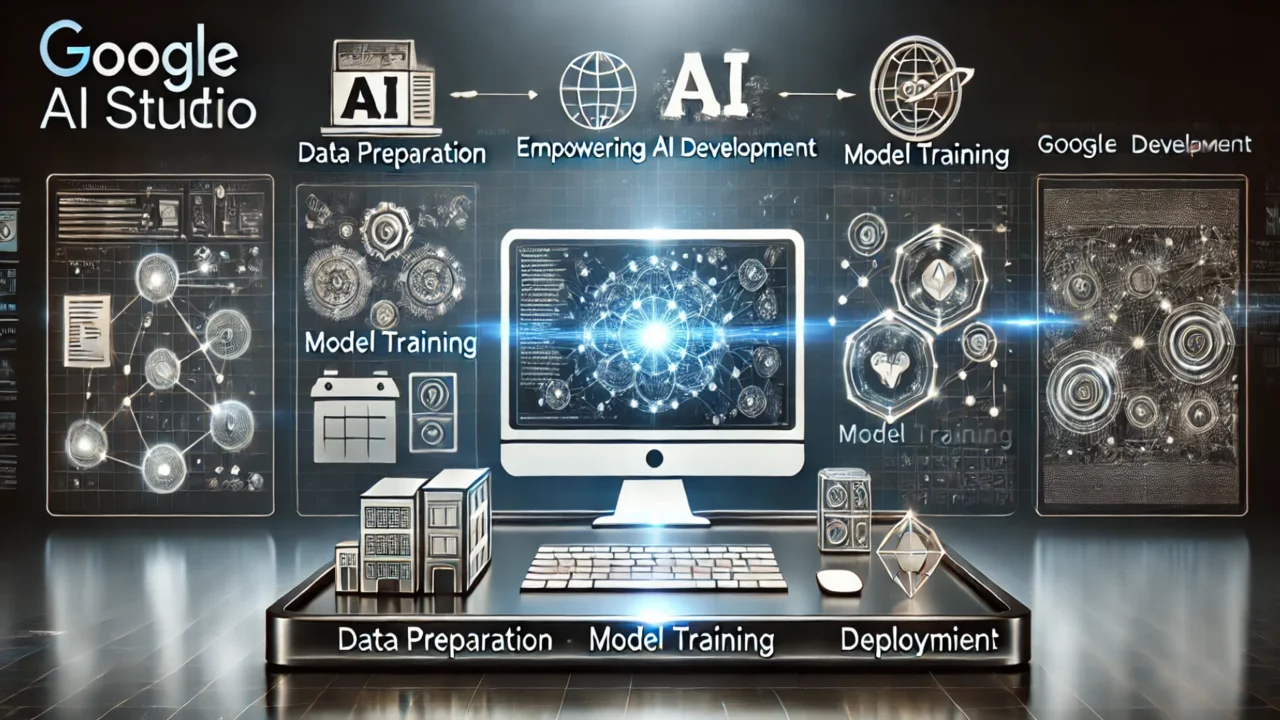Data centers are dragging baseload into the future
AI isn’t just chewing through GPUs; it’s gulping electricity. As hyperscale campuses multiply, operators are hunting for round-the-clock, low-carbon megawatts. That search keeps circling back to nuclear — sturdy output, tiny land footprint, zero direct CO₂. After years on the sidelines, the sector suddenly looks central again.
The money trail and the megawatts
Analysts now sketch a U.S. build-out measured in the hundreds of billions and tens of gigawatts added by mid-century. Not a sugar rush, but a long ramp: life-extension programs for the existing fleet paired with new units that widen the baseload cushion. By 2050, the national tally could be markedly higher than today, enough to shift the generation mix in regions where data centers cluster.
What actually gets built
Expect two tracks. First, refurbish and uprate reactors already on the grid — faster wins, lower risk. Second, commit to new capacity where transmission, cooling water, and local policy line up. The latter is slower, but it’s where meaningful growth lives.
Friction points you can’t wish away
Nuclear physics are simple; the logistics aren’t. The industry faces a thin bench of licensed engineers and operators, a fuel cycle that needs reshoring and scaling, and a supply chain still learning to deliver identical parts on repeat. Each constraint adds months and dollars. None are fatal — just the reality that “clean, firm power” comes with real-world lead times.
Policy noise vs. project pace
Ambition at the podium is cheap. Tripling or even quadrupling capacity has been floated from both sides of the aisle, but ribbons don’t get cut by press releases. What moves the needle: predictable incentives, streamlined permitting, credit markets that tolerate long paybacks, and utilities willing to sign for multi-decade offtake. Where those align, projects inch forward. Where they don’t, they stall.
The SMR bet — small boxes, big hopes
Small modular reactors (SMRs) are the headline act: compact designs, more factory work, fewer bespoke headaches. On paper, they fit neatly beside industrial loads and data parks. In practice, the first wave still has to clear licensing, prove costs, and build institutional muscle memory. Most timelines point to meaningful deployment in the 2030s — not tomorrow, not never.
Why SMRs match the AI era
Think standardized kits shipped to prepared sites, shorter construction windows, and easier grid interconnection near demand hubs. For operators who value reliability over price volatility, that combination is compelling. If manufacturers hit repeatable costs, the flywheel starts to spin.
Bottom line: a steady turn, not a sudden pivot
AI is stretching the grid in ways wind-solar-storage alone can’t always cover. Nuclear fills the “always on” gap without adding carbon, and investors are taking the hint. Progress will look incremental — licenses, long-lead components, training cohorts — until, suddenly, it looks inevitable. The next decade decides whether today’s plans harden into steel and concrete or stay trapped in slide decks.

